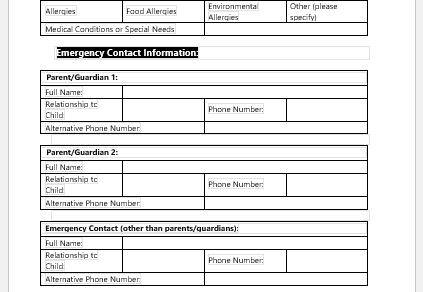Coagulation is one of the major characteristics of blood. The normal consistency of the blood is liquid, but if placed for some time, it changes to gel, finally converting into crusts. This process is called coagulation, or the clotting of blood. Coagulation is one of the body’s protective phenomena, mainly for the prevention of loss of blood in case any blood vessel is damaged.
The Normal physiology of blood coagulation
Blood coagulation is the property of platelets present in the human blood that is associated with and assisted by clotting factors.
- Whenever the endothelium of any blood vessel is damaged, platelets come to the rescue.
- The collagen present in the damaged endothelium comes into direct contact with the platelets, activating coagulation factor 8.
- This coagulation factor is also known as the Von Willebrand factor.
- This activates the coagulation pathway, or coagulation cascade, involving more clotting factors that, in turn, catalyze the coagulation process by bringing about local changes in the endothelium of damaged blood vessels.
- Fibrinogen is produced, which is mainly responsible for the clotting of blood into a gel-like consistency.
The Importance of coagulation in blood
Coagulation, as mentioned earlier, is a protective phenomenon of the body and has a pivotal role to play in the immune system of the body. It is not just a way of stopping blood from oozing and being lost; it traps the microbes coming along the breached endothelium. It also activates a pathway and triggers other blood components to phagocytize the bacteria. Some of the inflammatory response is thus the result of the coagulation pathway.
Clotting disorders or bleeding disorders
The normal physiology of the coagulation pathway is sometimes disturbed, and the usual abilities are changed. In some clotting disorders, the blood can clot properly and in time, resulting in undue and uncontrolled blood loss for the patient, for example, hemophilia, Von Willebrand disease, Bernard Soulier syndrome, and gray platelet syndrome.
Causes of clotting disorders
Most of the clotting disorders are congenital and sometimes manifest in severe forms. Some of the most common genetic disorders of clotting are hemophilia. Hemophilia, with its three sub-types, is an autosomal recessive trait and hardly allows the affected individuals to cross the teenage years of their lives.
Patients on anticoagulant therapy may also suffer from a deranged clotting profile, resulting in clotting problems. Such patients exhibit an increased tendency to bleed, and their clotting profile must be monitored regularly to keep them safe from excessive blood loss.
Blood coagulation tracker
A blood coagulation tracker is used especially for patients suffering from deranged clotting profiles due to the aforementioned congenital or acquired reasons. It is also used for patients on anticoagulant therapy. PT, APTT, and INR are regularly monitored in such patients, along with the dose of the anticoagulant they are taking.
The INR, or internationally normalized ratio, is most important in assessing the clotting profile of such patients. This tracker is very useful in adjusting the dose of the drug and managing patients suffering from clotting disorders.
- Mental Health Evaluation Forms
- Forms Used by Pediatricians
- Various Forms Related to Pregnancy Verification
- Common Forms Used by ENT Specialists
- Pain Diary Worksheet Template
- Forms Commonly Used by Old Age Homes
- Medical Treatment Consent Form
- Home Exercise Program Worksheet
- Forms Used for Mental Health Assessment
- Forms Used by Psychologists
- Medical Forms Commonly Used by/for Students
- Assessment Consent Form
- Forms Used by an Anesthesiologist
- Not Fit to Fly Certificate Template
- Home Visit Consent Form for Schools



